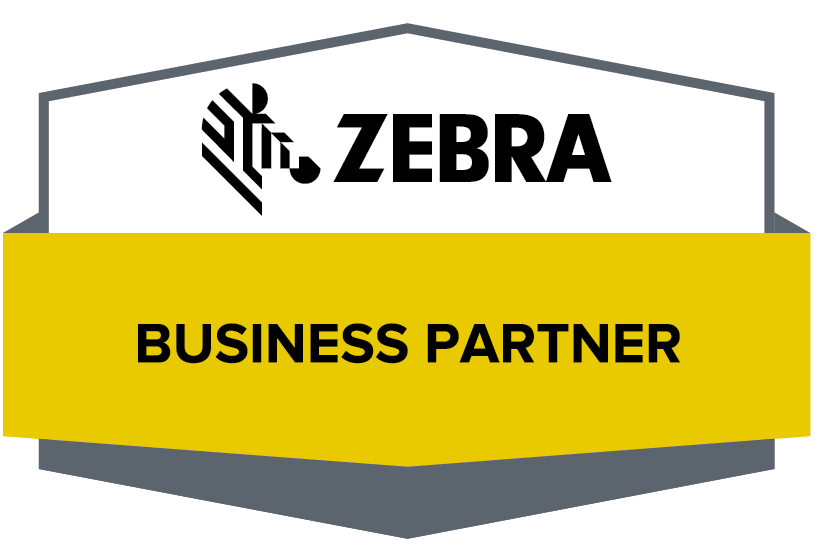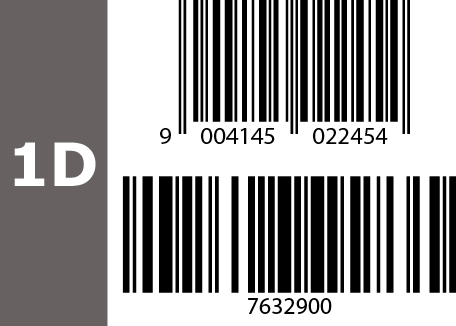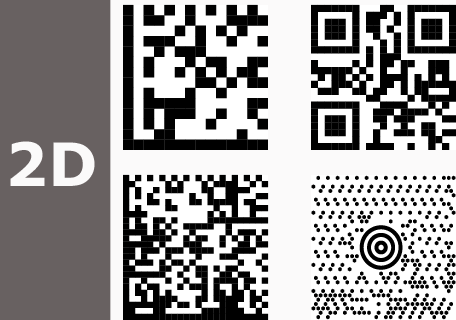| Barcode scanners| |  | Our range of handheld scanners has been designed to keep workers more effective. From Zebra, Symbol, Honeywell, Datalogic and Syble - we have a fast, accurate and durable scanner made for your environment and application. We have a number of factors to help you pick your perfect scanner, perhaps the most important of these being corded or cordless. *** All of our 2D scanners are Falsified Medicines Directive (FMD) ready *** | | |  |
|  |  | |
| Another important decision to make before purchasing your barcode scanner is whether you need a 1D or 2D scanner - 1D and 2D refer to the type of barcode that you are looking to scan. | | 1D scanners are used for 'conventional' 1D barcodes, these are the most commonly found barcodes used on everyday products that you would find in the supermarket. 1D scanners scan from left to right (linear) meaning that 1D barcodes typically hold a single line of information, such as a part number. |  | | 2D scanners are used for more complex barcodes such as QR codes. As well as scanning left to right, 2D scanners also scan from top to bottom meaning that 2D barcodes are able to contain much more information such as contact information or product information besides just the product code. These barcodes can be found on advertisements, special product promotions and on pharmaceutical packaging. 2D barcode scanners are able to scan both 1D and 2D barcodes. |  | |